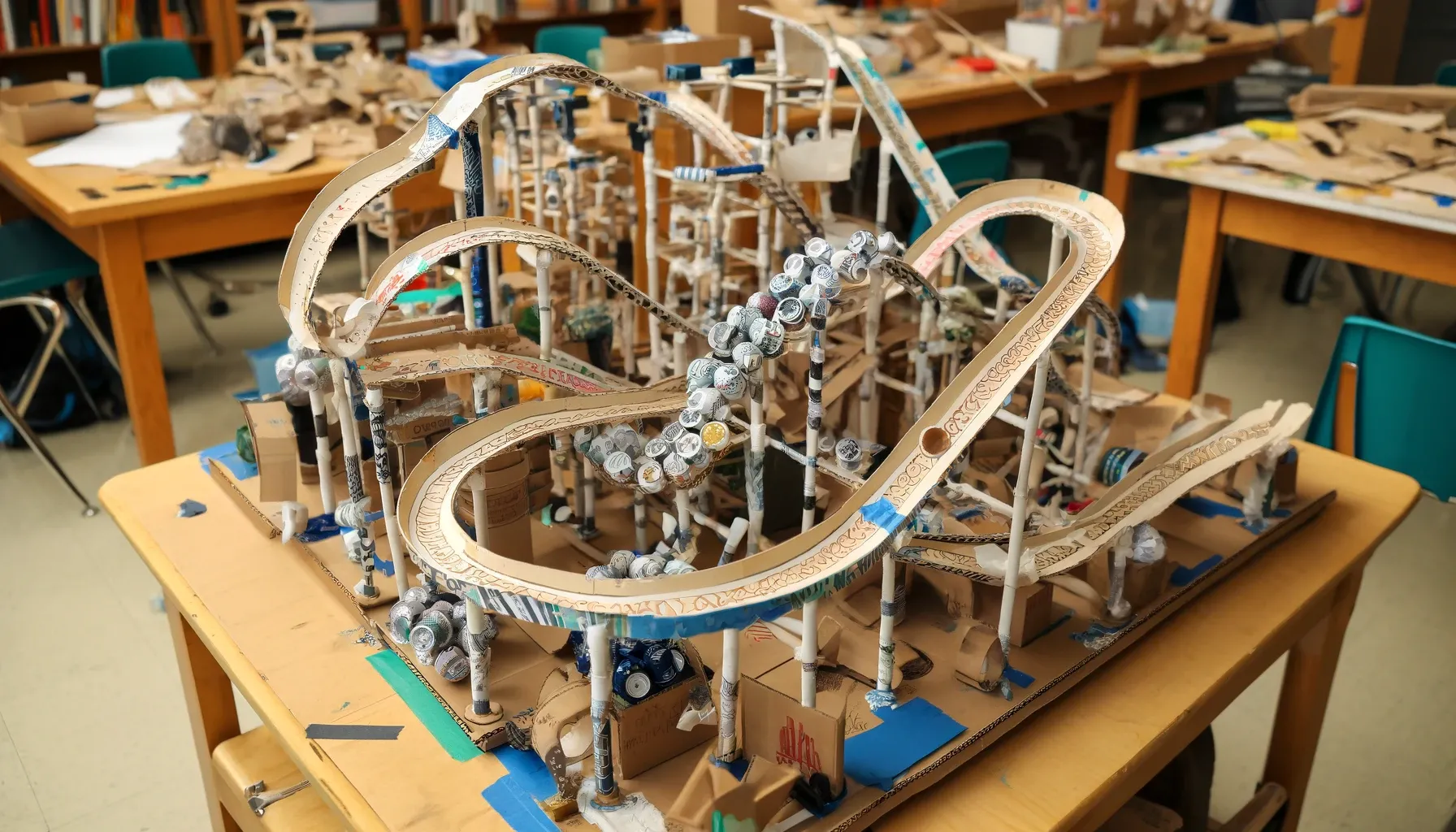
Designing a Labyrinth: Engineering Challenge Inspired by the Myth of Perseus
by Robyn Yewell
Students will apply principles of design, engineering, and mathematics to create a physical or digital labyrinth inspired by the myth of Theseus. This project integrates STEM concepts with literature, promoting creativity, problem-solving, and teamwork.
Over the course of nine days, students will engage in research, design, construction, testing, and presentation phases. They will study the myth of Theseus, explore labyrinth designs, and apply geometric and engineering principles. Students will work in groups to create detailed sketches and build prototypes, either physically with materials like cardboard and wood, or digitally using 3D modeling software. They will test and iterate their designs, ensuring functionality and challenge. The project culminates with a presentation and demonstration of their labyrinths, reflecting on the integration of STEM and literature.
Lesson Plan Link/URL
https://docs.google.com/presentation/d/1n2zLDpbOuFqEdtP-x7MXGdjsxBSLgMjmvlBaoAl…Subject Area
Science Physical Science P3: Net Force Earth and Space Science Life Science Technology 1. Empowered Learner 3. Knowledge Constructor 4. Innovative Designer 5. Computational Thinker 6. Creative Communicator Engineering S2: Apply the Engineering Design Process S3: Apply Mathematics to Engineering S4: Apply Science to Engineering S5: Apply Technology to Engineering S6: Apply Communications to Engineering Mathematics Measurement and Data (MD) Geometry (G) Algebra (A) English Language Arts (ELA) Reading (Literature) Writing Speaking & Listening
Featured
Off
Related Content

Grades:
6th Grade, 7th Grade, 8th Grade
This STEAM lesson is ideal for Tucson/Pima County Middle School Students who can participate in the annual KIDStruction building contest but you can also duplicate many of the learning opportunities

Grades:
4th Grade
After completing a unit on weather, students will be challenged to research, design, construct and attach a snow plow to their Edison robot. Then they will create a scratch code that will navigate

Grades:
6th Grade, 7th Grade, 8th Grade
Students will be able to learn how the hydraulic system works. With this in mind, you will be able to design a hydraulic marble game using materials provided. At the same time, they will be able to